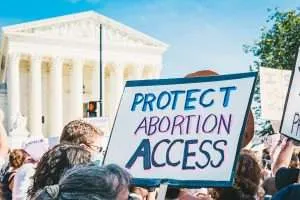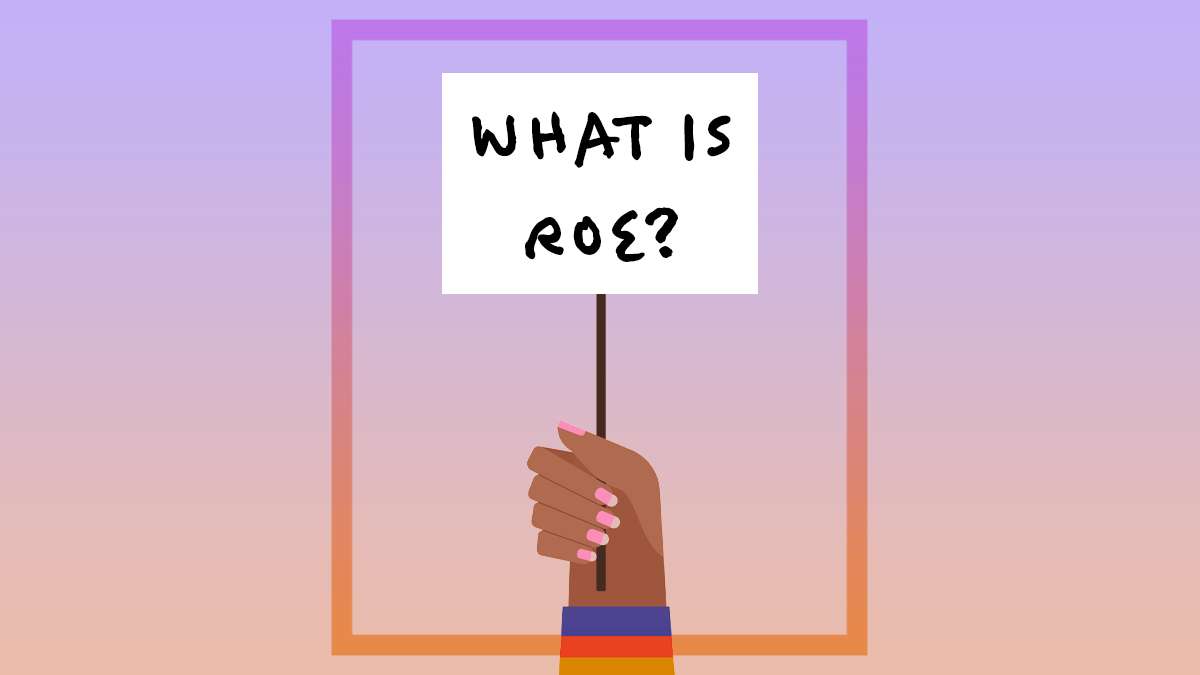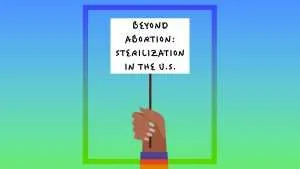Editorial Note: This blog series offers accessible explainers on reproductive health, policy, politics, and social movements. Each post focuses on one aspect of reproductive health and provides an overview of the history, current conversations, and research on the topic. The topic of this article is Roe v Wade.
From the author: From environmental movements to the criminal legal system to new age instagram, reproductive health and politics covers a lot of ground! It is a full time job staying up to date and I should know because it’s my full-time job! I know not everyone can spend hours a week reading up on reproductive health, so I’ll boil it down to 800 words or less so you can get and stay in the repro know.
Get in the Repro Know: Reading List
- Zakiya Luna: Reproductive Rights as Human Rights
- Leslie Reagan: When Abortion Was a Crime
- Dorothy Roberts: Killing the Black Body, Shattered Bonds, Torn Apart, Fatal Inventions
- Suzanne Staggenborg: The Pro-Choice Movement
- Patricia Zavella: The Movement for Reproductive Justice
What is Roe?
In the U.S. abortion is a politically charged medical procedure. For the majority of our lives, most Americans saw abortion as a contested but settled political debate. Abortion was legal and particular restrictions were debated. In 2022, Americans were confronted with the possibility of total abortion bans nationwide. This post explores what Roe was and importantly, what it was not.
Roe v Wade (often referred to as “Roe”) is a U.S. Supreme court case that established a constitutional right to abortion access. The case determined that abortion is allowed based on the 14th Amendment right to privacy. The Roe v. Wade decision established that the Constitution supported the right to an abortion. This decision struck down state bans and restrictions on the procedure. The court determined that a pregnant person had a right to privacy with their doctors. State surveillance and interference between a patient and doctor was considered a violation of the 14th amendment.
History of Roe v Wade
Norma McCorvey, dubbed “Jane Roe,” sought an abortion in 1969 Texas after discovering she was pregnant with what would be her third child. At the time Texas only permitted abortions when the life of the pregnant person is at risk. Attorneys Linda Coffee and Sarah Weddington brought her lawsuit to the Supreme Court in part thanks to pro-abortion advocacy groups (Staggenborg 1991).
The decision was announced in 1973 with a 7-2 majority. Roe determined that abortion fell under the Due Process Clause of the Fourteenth Amendment, the right to privacy. Roe would be partially upheld by the decision in Planned Parenthood v. Casey (1992) and eventually overturned by the decision in Dobbs v. Jackson Women’s Health Organization (2022).
Roe was what legal scholars refer to as a negative liberty. It is legal to obtain an abortion, but you are not entitled to access. This meant that post-Roe, anti-abortion politicians could restrict access in a number of ways including: excluding abortion from medicare and medicaid, introducing time limits and restrictions, and requiring abortion providers to meet arbitrary standards set by legislatures rather than medical boards.
Current Situation Related to Abortion Rights

In the days following Dobbs you may have heard the phrase “codify Roe.” Abortion access remained vulnerable because Congress failed to codify (or put into law) legal abortion nationwide. While democrats and progressives ran on “pro-choice” platforms, they failed to write and pass legislation that would secure abortion access. Failing to codify Roe immediately after the ruling allowed for the partial undoing of Roe in Casey (1992).
While Casey upheld some aspects of Roe, it allowed for more State surveillance and oversight by allowing restrictions pre-viability. Under Roe, pregnant people and their doctors could make decisions unobstructed in the first trimester and the state could regulate within certain parameters to protect the life of the person or fetus in the second and third trimesters. Casey (1992) did not uphold the trimester model, instead allowing the state the ability to restrict abortion earlier and introduce restrictions unrelated to preserving the health of the person or fetus.
Roe was a Supreme Court decision, not a law, and was partially overruled by Casey. Dobbs does not make abortion illegal, but does allow states to enact total bans which were previously prevented. Some states had trigger laws which were activated by the overturning of Roe.
Other states moved to protect abortion access at the state level. Congress still has the legal ability to codify abortion access but the overruling of Roe may complicate this. As states move to secure abortion access or ban traveling outside the state for abortions, we are likely to see many more court cases and proposed legislation around abortion in the coming years.
Final Thoughts on Roe v Wade and the Current Situation
So, what does it mean that Roe is overturned and what are the implications of Dobbs? Roe was severely limited by Casey and the Hyde amendment (which will be a stand alone topic in a future post). The Dobbs decision complicates the future of legal abortion access in the U.S. We are likely to see individual states codifying Roe while others criminalize abortion and miscarriage.
In this blog series I will do my best to summarize the history, current state, and future of abortion access in the United States. I will also be doing deep dives into the Reproductive Justice Movement, reproductive health issues globally, and how reproductive health is an intersectional issue that touches on broader structures and systems.
Browse the Full “Get in the Repro Know” Blog Series
Frequently Asked Questions about Roe v Wade
What is Roe v Wade?
Roe v. Wade is a landmark legal case in the United States that was decided by the Supreme Court in 1973. The case established a woman’s legal right to have an abortion under the constitutional right to privacy.
What were the key arguments in Roe v Wade?
The key arguments in Roe v. Wade centered around a woman’s right to choose to have an abortion, asserting that certain state laws restricting abortion violated a woman’s constitutional right to privacy.
How did the Supreme Court rule in Roe v. Wade?
The Supreme Court ruled in favor of Roe (a pseudonym for the pregnant woman challenging the law) by a 7-2 majority. The decision effectively legalized abortion across the United States.
What is the significance of Roe v Wade in terms of abortion rights?
Roe v. Wade is significant as it established a woman’s right to choose to have an abortion, recognizing that the decision to terminate a pregnancy falls under the constitutional right to privacy.
What is the trimester framework established by Roe v. Wade?
Roe v. Wade established a trimester framework that allowed states to regulate abortion procedures. In the first trimester, states could not restrict abortion; in the second trimester, they could regulate it in ways related to maternal health, and in the third trimester, states could prohibit abortion except when necessary for the mother’s life or health.







